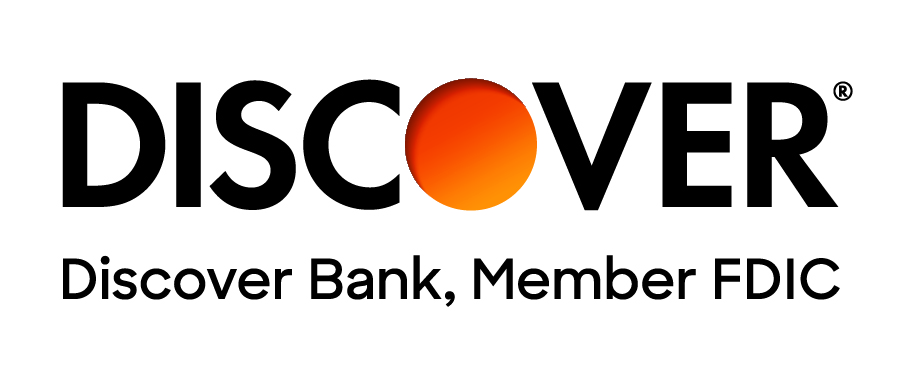President Obama announced on Monday, September 14, 2015, that the FAFSA (Free Application for Federal Student Aid) will switch from prior-year (PY) to prior-prior-year (PPY) income and tax data, starting with the 2017-2018 FAFSA. The use of older income and tax data will allow students to file the FAFSA three months earlier, starting on October 1 instead of January 1.
For example, instead of filing the 2017-2018 FAFSA on or after January 1, 2017 using income and tax data from 2016 federal income tax returns, families will be able to file the form on or after October 1, 2016 using income and tax data from 2015 federal income tax returns. Since most families will have already filed their 2015 federal income tax returns, more families will be able to use the IRS Data Retrieval Tool to simplify filing the FAFSA.
Note that this change in the start date for filing the FAFSA applies to both new and continuing students.
Better Alignment of College Admissions and Financial Aid Applications
This change will better align financial aid applications with the start of the college admissions season. Students will be able to apply for financial aid before or at the same times as they apply for admission, allowing cost considerations to influence the choice of colleges.
It will also eliminate the need for complicated advice about when to file the FAFSA. Currently, students cannot file the FAFSA before January 1, but must file the FAFSA as soon as possible on or after January 1. Students who file the FAFSA in January, February or March tend to receive more than twice as much grant funding, on average, as students who file the FAFSA later. But, the FAFSA references specific lines on the federal income tax return, causing many families to wait until after they file their federal income tax returns to file the FAFSA.
Waiting to file the FAFSA after filing federal income tax returns causes some families to miss state and college deadlines for financial aid. Some states and colleges have very early FAFSA deadlines for their own financial aid funds. For example, three states have February deadlines, eleven states have March deadlines and nine states award their financial aid funds on a first-come, first-served basis until the money runs out. Even some federal student aid programs, such as the Federal Supplemental Educational Opportunity Grant (FSEOG) and Federal Work-Study (FWS), have fixed allocations per college, so the money runs out quickly.
Instead, applicants must use estimated income and tax information for the initial application. After filing their federal income tax returns, they may use the IRS Data Retrieval Tool to update the information on the FAFSA.
With the switch to prior-prior-year income and tax data, applicants will be able to use the IRS Data Retrieval Tool to prefill the income and tax questions on the FAFSA, streamlining the application process. This will eliminate the need for later updates to the FAFSA after the applicants and their families file their federal income tax returns. It will also avoid the need for verification of income and tax information. It may encourage students to apply for financial aid earlier, so that students can file the FAFSA before many state and college deadlines.
Transition to Prior-Prior Year
Since the switch to prior-prior year begins with the 2017-2018 FAFSA, there will be two FAFSAs in 2016:
- The 2016-2017 FAFSA, with a start date of January 1, 2016
- The 2017-2018 FAFSA, with a start date of October 1, 2016
Both of these FAFSAs will have 2015 as the base year. For students filing the 2016-2017 FAFSA for the first time, the base year runs from January 1 of the junior year in high school (spring term) to December 31 of the senior year in high school (fall term). For students filing the 2017-2018 FAFSA for the first time, the base year runs from January 1 of the sophomore year in high school (spring term) to December 31 of the junior year in high school (fall term).
This change potentially causes complications for parents of high school juniors who were selling stocks and other investments in 2015, so that the capital gains would not affect eligibility for need-based financial aid when their children file the 2017-2018 FAFSA as high school seniors. The switch to prior-prior year means that the 2017-2018 FAFSA will be based on income in the 2015 tax year instead of the 2016 tax year. These parents will need to offset the 2015 gains with losses in order to avoid artificially increasing income during the base year.
History of Prior-Prior-Year
The use of prior-prior-year (PPY) income and tax data was first proposed by Mark Kantrowitz in 1996, soon after he provided the U.S. Department of Education with a prototype implementation of an online FAFSA. FAFSA on the Web launched the next year, starting with the 1997-1998 FAFSA. (Mark Kantrowitz is also co-author of the bestselling book, Filing the FAFSA.)
But, the PPY proposal met with opposition from the National Association of Student Financial Aid Administrators (NASFAA) and the Advisory Committee on Student Financial Assistance (ACSFA). Colleges were concerned that using two-year-old data instead of one-year-old data would affect the accuracy of the need analysis and lead to an increase in the number of financial aid appeals. But, studies have shown that income data is surprisingly stable from one year to the next, except in certain occupations (e.g., self-employed individuals and small business owners). So, subsequent data analysis showed that PPY would lead to a net decline in administrative burden for college financial aid administrators, causing NASFAA to switch from opposing the idea to championing it. This, plus legislative changes enacted by Congress in 2008, paved the way for the U.S. Department of Education to switch to the use of prior-prior-year (PPY) income and tax data.
More Simplification Needed
Switching the FAFSA to PPY is a big step toward simplifying the FAFSA. But more simplification is needed.
President Obama has called for eliminating about one-quarter of the questions on the FAFSA. But more simplification is necessary.
About 2 million low-income students don’t file the FAFSA each year, even though they would have qualified for a Federal Pell Grant. About 1.3 million of them would have qualified for the maximum Federal Pell Grant. Many of these students said that the forms were too much work or thought that they were ineligible for grants. Some of these students are enrolled at low-cost colleges and may believe that they can work their way through college. But, students who work full-time are half as likely to graduate as students who work 12 hours or less per week. Simplifying the financial aid application process might encourage more students to apply for aid and work fewer hours, increasing graduation rates.
The federal student aid programs are the only means-tested federal benefit programs that require submission of a complicated 108-question form. Most other federal benefit programs involve a simple comparison of family adjusted gross income (AGI) with a percentage of the poverty line, typically 130% or 185% of the poverty line. Examples include Supplemental Security Income (SSI), Free and Reduced Price School Lunch, Supplemental Nutrition Assistance Program (SNAP), Temporary Assistance for Needy Families (TANF) and the Special Supplemental Nutrition Program for Women, Infants and Children (WIC). Even education tax benefits, like the American Opportunity Tax Credit, Lifetime Learning Tax Credit and Student Loan Interest Deduction, base eligibility on the taxpayer’s income, disregarding assets and other factors. The complexity of the FAFSA shifts the focus from helping low-income students to afford college to preventing high-income students from looking poor.







